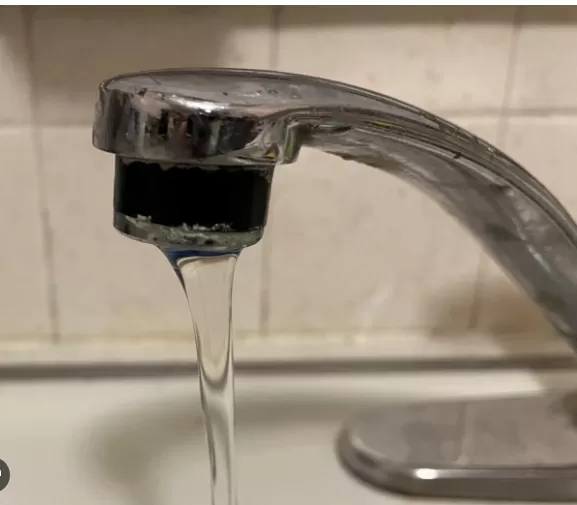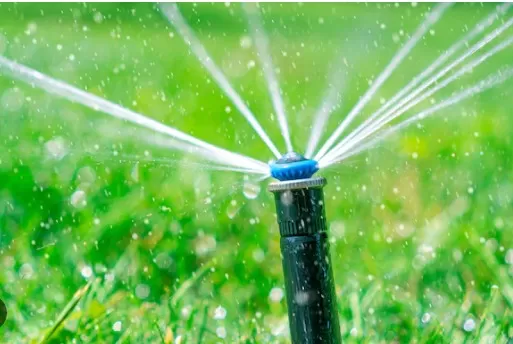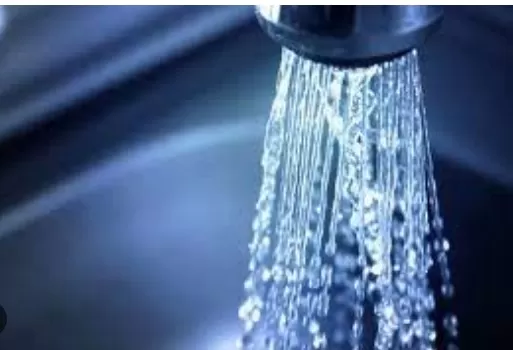Clever Water Bill Savings: Sneaky Tips & Tricks. Homeownership can be costly, with expenses such as property taxes, mortgages, repairs, maintenance, energy costs, and water bills adding up each year. However, when it comes to reducing your water bill, there are several simple and clever strategies you can implement.
By incorporating these easy and inconspicuous techniques, you can start saving water today and relieve some financial pressure. Not only will you cut costs, but you’ll also contribute to water conservation efforts. Take a closer look at these effective methods and give your checkbook some relief.
Replace and Save: Upgrading to Efficient Appliances for Water Conservation

One of the most effective ways to reduce your water bill and conserve water is by replacing old, inefficient appliances with newer, more efficient models.
In particular, upgrading your washer can make a significant difference. By choosing appliances with WaterSense and Energy Star labels, you can ensure that you’re using less water and energy per load.
In this section, we’ll explore the benefits of upgrading to a more efficient washer, with a focus on front-loading models that offer substantial water savings.
Tap into Savings: Enhancing Water Efficiency with Upgraded Faucets
When it comes to conserving water and reducing your water bill, every drop counts.
While we’re familiar with the practice of turning off the faucet while brushing our teeth, there’s more we can do to save water even when the tap is running. By investing in new faucets equipped with aerators or WaterSense certification, you can significantly reduce water consumption without compromising performance. In this section, we’ll explore the benefits of upgrading to these water-efficient faucets and the substantial impact they can have on water savings and energy costs.
Load It Up: Maximizing Water Efficiency with Smart Dishwashing Practices

When it comes to conserving water in the kitchen, there are simple yet effective strategies you can implement to make the most of your fixtures and appliances.
By adopting smart dishwashing practices, such as running a dishwasher only when it’s fully loaded and avoiding pre-rinsing, you can optimize water usage and save valuable resources. Even if you prefer washing dishes by hand, there are techniques to minimize Water Waste.
In this section, we’ll explore how these practices can help you maximize water efficiency in the kitchen, saving both water and energy in the process.
Investigating and Fixing Water Leaks: Preventing Water Waste and Reducing Costs
Water leaks can often go unnoticed, yet they can contribute significantly to water waste and increased water bills.
Identifying and fixing leaks promptly is crucial to conserving water and reducing unnecessary expenses. In this section, we will explore the importance of investigating leaks in your home, focusing on one common culprit: running toilets. We will provide you with a simple and effective method to determine if your toilet has a leak and discuss the necessary steps to address any leaks you find. By taking proactive measures to tackle leaks, you can save water, conserve resources, and lower your water costs.
Invest in Water-Efficient Faucets: Enhancing Conservation and Performance

Conserving water doesn’t stop at turning off the faucet while brushing your teeth.
Installing water-efficient faucets can further reduce water usage without compromising performance. In this section, we’ll discuss the benefits of investing in aerators or WaterSense-certified faucets.
These innovative fixtures are designed to reduce water flow while maintaining functionality. By making this simple upgrade, you can save water, contribute to water conservation efforts, and even lower your energy costs.
Let’s explore how these faucets can make a significant impact on your water usage.
*The information is for reference only.